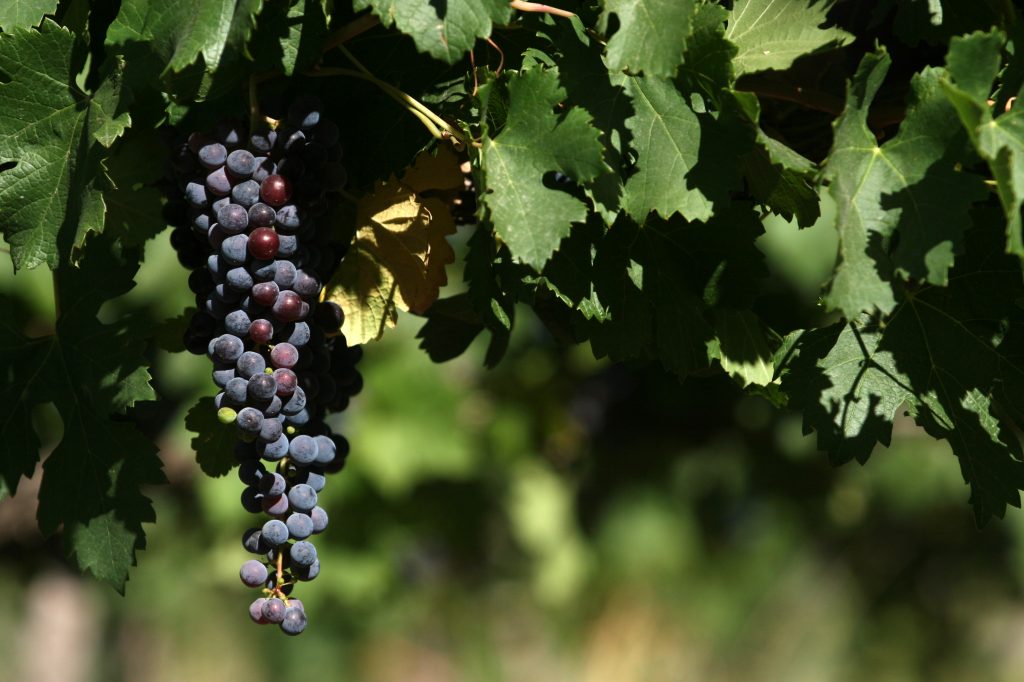Argentina´s wine industry is immersed in a quest to diversify its supply and in turn reach avid consumers, ready to try new things and who already know us for our emblematic variety: Malbec.
New consumers in general, the trade and the press in particular, often need new incentives to stay engaged with a brand, and “Argentina”, represented by its greatest exponent, Malbec, cannot be left out of this trend. For this reason, it has become necessary to disclose other styles as the varietal emblem, deepen the information about terroirs and expose other unconventional and less well known grapes, so that the seduction can continue in major foreign markets.
Led by Wines of Argentina, the organisation responsible for the promotion of the ‘Vino Argentino´ brand in the world, and along with the wineries, a project has been put in motion to publicise the message of regional diversity and the varietals that our country possess.
Given the data collected in a recent study sponsored by Wines of Argentina and the consulting firm, Area del Vino, which aimed to gather and synthesise information on the Argentina wine industry and thus provide a basis for future research, we see that the growth in the production of “unconventional” varietals is increasing.
Among the most notable growth during this decade, and despite a low presence in the country, three varieties were observed,: Tannat, Cabernet Franc and Pinot Noir, which reveals a search for differentiation, that shows many possibilities for diversification over an area that stretches nearly 1,800km.
Likewise, another phenomenon is the increasing degree of specialisation that some regions are developing, as in the case of Tannat in the North and San Juan, Cabernet Franc in the Uco Valley and Pinot Noir from Patagonia. As for white varieties, Viognier in San Juan and Semillon Blanc in the highlands of Lujan de Cuyo, are gaining a place among consumers.
From North to South the reds reign
Tannat is a relatively new variety in Argentina´s wine industry with two regions that specialise in its cultivation: Zonda in San Juan and Cafayate in Salta. The 110 hectares in Salta, which has doubled in a decade, represents 15% of the national total.
It has its origins in Madiran, in the region of southwest France near Cahors and its name is due to its high tannins.
Tannat has an intense purplish red color, sometimes with garnet tones, and is clean with bright hues. Its aromas are dominated by red berries and ripe black forest fruits, spicy notes and the presence of chocolate allows for interesting pairings.
With great presence in the mouth, it has persistence with an abundant finish. They are very concentrated, powerful and structured wines of great complexity.
With regards to Cabernet Franc, a varietal which originates from the region of Bordeaux (France), and has been considered by international experts as the variety that will reinvent the wines of Argentina, obtaining high scores in major journals, as well as being the revelation in the last edition of the Argentina Wine Awards: the Heavyweight Journalists in the ring.
This grape accounts for more than 600 planted hectares – over half of them in Mendoza – and has found, in the Uco Valley, a very favourable region for its development, given its cool climate. However, due to its characteristics such as “plasticity” to make different styles and its adaptive capacity, it can also be found in San Juan (120km north of Mendoza), Patagonia (Neuquén and Rio Negro) and to a lesser extent La Rioja and Salta; producing wines with different profiles according to the method of production and the origin of the grapes.
Local winemakers highlight this variety for its great adaptation and due to the lack of consumer awareness there is a great opportunity to work freely, creating new styles, without preconceptions.
Last but not least, Pinot Noir. A variety of red grape that grows especially in colder regions and is used in the majority of the world’s leading sparkling wines.
This is not a variety that adapts well, but in Patagonia it has found its maximum expression with excellent behaviour. Its wines possess an extraordinary finesse, they are light-bodied, stunning on the palate, elegant in character with good tannic structure and noticeable acidity, elements which are highly valued by consumers seeking alternatives to heavily oaked, full-bodied wines.
While these unconventional varietals don’t have the economic or social impact of Malbec, they can complement them very well and it is our job to continue to communicate the importance of different wine regions and their respective terroirs.



